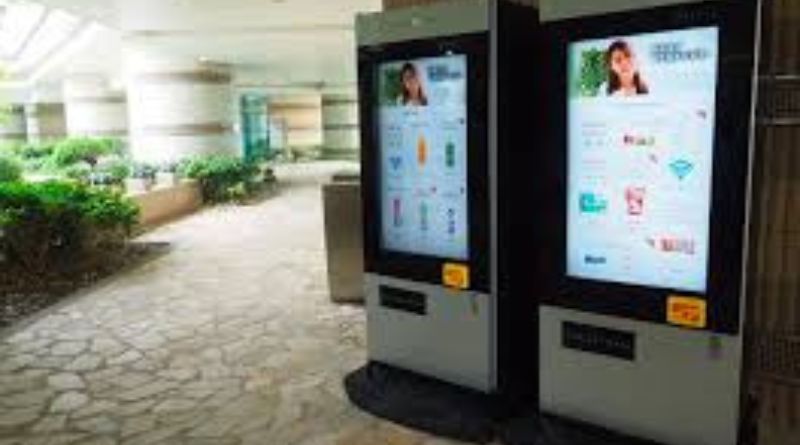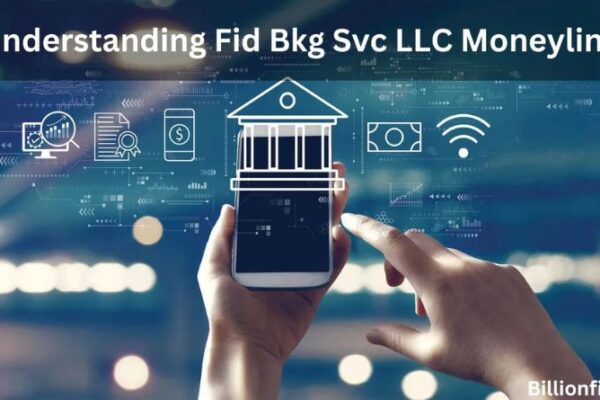Smart Vending Machines: The Last Piece Required for the Snacking D2C Sector to Succeed
Direct-to-consumer, or D2C, companies have become more popular in the wake of the retail industry’s recent growth and the growing digitalization of consumer product and service delivery. These firms have managed to win over loyal customers even though consumers have a variety of brand alternatives available to them for each particular product.
With the inclusion of modern equipment, smart vending delivers automated, easy purchasing experiences that include cashless payment options, real-time inventory monitoring, and customized interactions with shoppers.
What D2C brands are these disrupting, then?
Direct-to-Consumer (D2C) brands are those that sell their goods and services to customers directly through digital marketing, eliminating the need for an intermediary, a wholesale supply chain, and occasionally even the major e-commerce platforms that are currently in place. These businesses have been dubbed “the next big thing in the retail industry.” Their “digital-first” strategy, as opposed to “digital-only,” is hailed as the link between conventional and e-commerce retail channels for attracting customers. In Malaysia, there are over 600 direct-to-consumer companies, and 16 of them have yearly revenue run rates of more than USD 50 million, according to a recent Avendus analysis. By 2025, this D2C niche market has the potential to reach an addressable market size of USD 100 billion.
And what are the primary points of differentiation that are driving the D2C market?
Although the remarkable expansion of direct-to-consumer (D2C) businesses across several categories may seem like a result of chance, there exists a discernible trend in the customer targeting and growth approach used by these brands, which accounts for their current surge in various industry verticals. This pattern is outlined below:-
Developing a brand narrative: D2C companies were able to establish their own specialized brands with the much-needed freedom due to the conventional players’ slower pace of brand launches. These brands mainly relied on influencers and social media presence to develop a focused brand development and marketing plan.
Using reverse psychology: D2C businesses have easy access to consumer information because of their extensive internet presence. These businesses now have an unheard-of chance to develop items that are already based on the demands and preferences of the final customer. This accelerates the brand’s path to profitability since there is a guaranteed market.
Using an omnichannel strategy In addition to the conventional in-store shopping path, the direct-to-consumer (D2C) enterprises provide their customers the option to place orders online via e-commerce platforms or social media channels like Instagram. Most D2C businesses have been able to reach the previously underserved client base by creating their own online storefronts using platforms like Shopify, particularly in tier 2 and tier 3 cities.
Enhancing the customer experience is the main emphasis. Direct-to-consumer (D2C) firms have adopted a customer-first approach to capitalize on the advantages of a devoted user base for ongoing sales. This entails verifying product claims via user feedback and reviews and promptly adjusting brand offers based on market perception of the items.
A few prosperous tales
Direct to consumer (D2C) firms have reaped enormous benefits from the apparently industry-neutral trend of selling to consumers in a variety of sectors, including fashion, electronics, furniture, personal care, and even lifestyle and leisure items. Consider the extraordinary success of direct-to-consumer (D2C) cosmetics firms such as Sugar Cosmetics and Nykaa.
These businesses recognized and anticipated the changing beauty demands of a very particular consumer base: middle-class women, who now make up 44% of all online buyers and have rising average purchase prices. These firms have succeeded in building a devoted following of recurring customers by using innovative marketing strategies to expand their online and physical touchpoints, releasing applications to engage people on a regular basis, and employing social media influence tactics. By fostering trust and confidence via authentic customer feedback, an online presence has also contributed to almost eliminating the expenses associated with acquiring new customers.
Modern technology is used by intelligent vending machines to provide easy and successful consumer experiences. These machines include cashless payment other options, real-time inventory monitoring, and customized product suggestions.
The Odd Situation of D2C Brands in the Fast-Snacking Sector
The food and beverage industry, which makes up the biggest retail category in Malaysia, is projected to grow to a $1 trillion market by 2025. Because of the convenience and changing dietary choices, the packaged food business is growing at a consistent rate of 14% in this area.
With gross margins approaching 50% and accounting for 35% of the average buyer’s yearly spending, it was hardly surprising that direct-to-consumer (D2C) companies began to take advantage of the white space opportunities in the industry created by pandemic restrictions and the rising health consciousness among young people, who make up the majority of the nation’s demographic. These robust macroeconomic tailwinds, along with relatively new D2C brands like Licious and Country Delight, have allowed them to carve out a niche for themselves in the industry. They have achieved this by developing creative supply chain monitoring and management methods.
But the complex instant snacking market, as a subset of the broader packaged food business, provides a unique case study. By 2024, the snacking industry in Malaysia is expected to grow to a staggering MYR 28,000 Crores. Although the industry is expected to expand by double digits, which should have encouraged up-and-coming firms to take on established players, there aren’t many developing D2C brands in this space. In order to meet the increasing demand for direct to home delivery in the middle of the pandemic, conventional FMCG companies like Pepsico, Nestle, ITC, Coca-Cola, etc. are entering the market by developing their own D2C lines. These companies still have a significant market share in this area.
To give credit where credit is due, a select group of businesses, such as Forbidden Foods and SLAY Coffee, have established themselves with superior positioning at an inexpensive price. However, for the former, a retail-first strategy has been the driving force behind their selling offer, while for the latter, cloud kitchen-based services. While aggregator platforms and retail locations, such as SLAY Coffee’s own cloud cafes, have allowed both of these businesses to offer customers online and offline purchasing options, more direct customer selling accessible touch points—which have largely become the hallmark of D2C brands and come with their own unique benefits in terms of sustained revenues—have been absent.
Some considerations provide a reasonable explanation for why D2C businesses’ incredible success in other areas has not been replicated. The persistent push approach, which involves encouraging people to purchase a product via social media participation, is very effective in areas such as electronics and cosmetic items. Nonetheless, satisfying consumers instantly is essential to success in the snacking sector.
Snacks are consumed by people to sate their unexpected cravings and hunger sensations. Occasionally, they are also persuaded to make an impulsive buy after seeing the snack item. As a result, a social media nudge technique is less successful, particularly when there are no retail locations nearby for the customer. Furthermore, the snacking business has delayed feedback for new product releases due to the lack of real-time insights into client purchase statistics. This has impeded the emergence of several D2C companies in the sector.
Inventory vending ensures successful inventory management and eliminates downtime by maintaining ideal stock levels with automated systems that monitor and distribute items in real-time.
Smart Vending Machines as a D2C Snacking Brand Distribution Channel
Thankfully, smart vending machines circumvent the aforementioned issues by giving D2C snacking firms a readily accessible distribution channel that offers real-time data into consumer behavior and purchase volumes. This makes it possible to introduce new items in a timely way and assess how well-liked they are by the intended market. Smart vending machines eliminate the need for manual feedback collecting from retail locations, which is a time-consuming and often delayed procedure that may be harmful to a brand’s chances of being profitable.
Smart vending machines not only provide a phygital user experience, which is essential for snack brands to succeed, but they also give vending machine operators (VMOs) a win-win solution. Giving D2C businesses shelf space results in larger product margins than for the incumbents because of their specialist items, which buyers are willing to pay a premium for. For this reason, in terms of ease of use and speed of accessibility, a smart vending machine serves as the perfect link between conventional retail locations and online retailers.
Consequently, in the instant snacking business, investments in smart vending machines may double the profits of both VMOs and D2C companies. Linkitsoft, is an IoT SaaS provider that automates the whole supply chain. By offering cloud-based logistics and inventory management, which guarantees high order fill rates, Linkitsoft helps VMOs grow their company. In order to improve the customer experience, our hardware and software solution may be integrated into non-digital vending machines that are already in use. This will allow for digital payments, remote monitoring, and an interactive touch interface.






